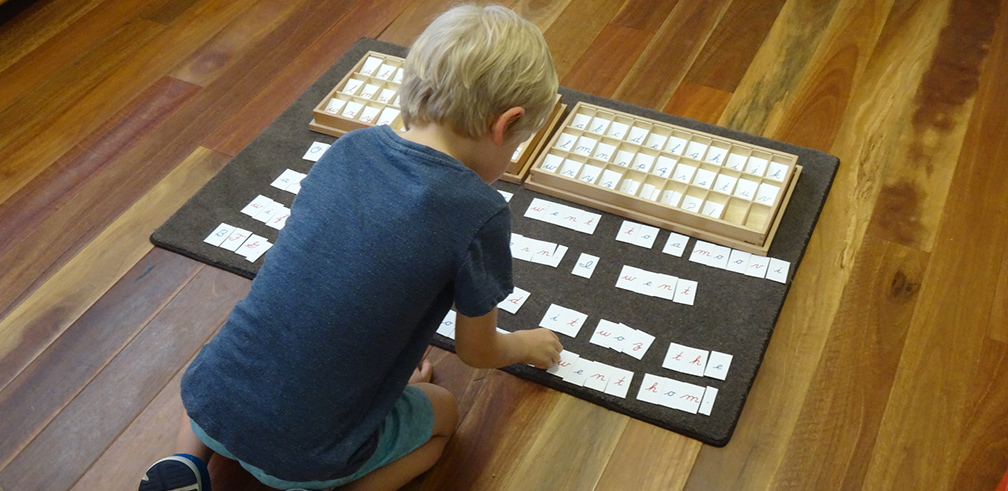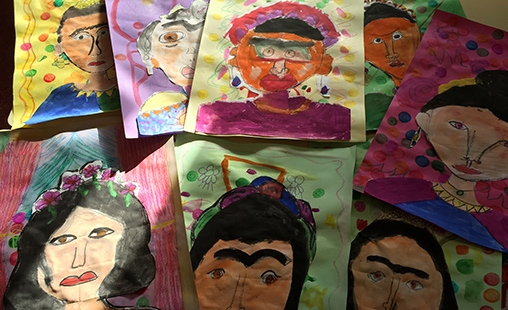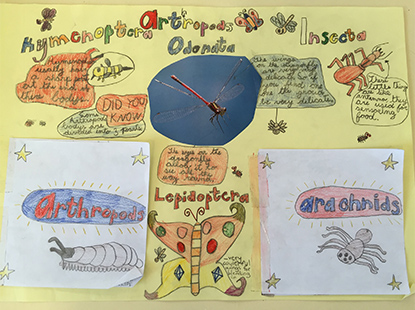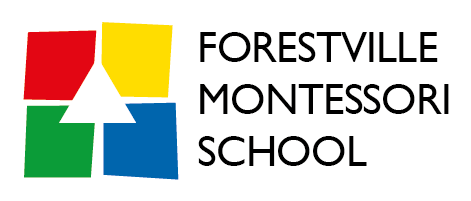Montessori
matters
Storytelling, Creativity and Allowing Imagination to Take Flight

Anthony Milano, Deputy Principal & Head of Montessori Teaching and Learning

In Montessori schools we interpret ‘work’ as an activity whereby the children use their hands to interact with real things in the environment. At the same time, the mind is making sense of this interaction, drawing powerful connections between past and present experiences. The hand and mind connection is a powerful way of learning about the world. The period from birth to the age of six is called the ‘Absorbent Mind’. The children create themselves out of everything they come into contact with or absorb from their environment. In this case, they are given the independence to be creative.
The materials and objects in the 0-3 and 3-6 environments go beyond being merely toys or ‘distorted representations of reality’. The early experiences in the first Casa dei Bambini tell us that the environment was full of ‘elaborate toys donated by rich benefactors’. Careful observation by Maria Montessori and her colleagues record that the children quickly abandoned the toys and were drawn to real objects. Parents see this in their homes when young children are no longer interested in their toys and are drawn to imaginative and creative play with pots, pans and cardboard boxes! These materials or real objects in the classroom (or home) environment help children to make sense of the world around them, and provide entry points into deep understanding of mathematics, language and culture. The ‘sense of order’ that the young child craves is enhanced.
 Storytelling in the classroom is based on reality. We know that young children can retell experiences with clarity and expression. They delight in the intricate details of their day and family life. Young children are more interested in learning the ‘marvels of the real world, such as a butterfly emerging from a chrysalis, or the parts of a plant’. These factual stories firmly based on reality satisfy a curiosity for an understanding of the world in which they are beginning to interact with. In the home, regular reading aloud to your young child should be focussed on factual stories of the earth, plants and animals. Young children find it difficult to understand the deep meanings hidden in fairy or fantasy stories, or in stories where the main characters or protagonists are talking plants, animals or objects. This development comes at around age six or later when there is a shift from concrete experiences to abstract thinking.
Storytelling in the classroom is based on reality. We know that young children can retell experiences with clarity and expression. They delight in the intricate details of their day and family life. Young children are more interested in learning the ‘marvels of the real world, such as a butterfly emerging from a chrysalis, or the parts of a plant’. These factual stories firmly based on reality satisfy a curiosity for an understanding of the world in which they are beginning to interact with. In the home, regular reading aloud to your young child should be focussed on factual stories of the earth, plants and animals. Young children find it difficult to understand the deep meanings hidden in fairy or fantasy stories, or in stories where the main characters or protagonists are talking plants, animals or objects. This development comes at around age six or later when there is a shift from concrete experiences to abstract thinking.
 From six years of age the children move away from the Absorbent Mind to the Reasoning Mind. Here there is tremendous effort to understand the universe through ‘conscious reasoning ability and tremendous imagination’. Therefore, we adults must become the ‘Storytellers of the Truth’. Throughout the 6-12 program we use storytelling to convey key ideas across the subject disciplines. In Montessori education, we appeal to the imagination and idealism of this age group. We do this through stories based on reality, which use metaphors to link keywords and phrases to spark the imagination. Experiments and impressionistic charts add the extra dramatic element to the story.
From six years of age the children move away from the Absorbent Mind to the Reasoning Mind. Here there is tremendous effort to understand the universe through ‘conscious reasoning ability and tremendous imagination’. Therefore, we adults must become the ‘Storytellers of the Truth’. Throughout the 6-12 program we use storytelling to convey key ideas across the subject disciplines. In Montessori education, we appeal to the imagination and idealism of this age group. We do this through stories based on reality, which use metaphors to link keywords and phrases to spark the imagination. Experiments and impressionistic charts add the extra dramatic element to the story.
From ages 6 to 12 parents are urged to continue reading aloud to their children until the children assume the leading role. Along with good fiction, factual texts should be read aloud. Inspire your children with great stories of human history, inventions and explorations. Take them on a journey in their minds with great books about the universe, the earth, its plants and animals.
The best ways we can nurture children’s creativity and imagination is to ground their experiences with reality in meaningful and rewarding ways.
References
This article is an adaptation and expands on the original concepts presented in:
- Feez; Susan. “The Child Worker and the Adult Observer”, Montessori and Early Childhood. Sage, London 2010
- Foster; Carla. “Storytelling and Creativity”. The AMI Journal 2014-2015
- Grazzini; Camillo. “Maria Montessori’s Cosmic Vision, Cosmic Plan, and Cosmic Education”. The NAMTA Journal Vol. 29 #1 2004
- Krumins-Grazzini; Baiba. “The Hungry Mind: From the Casa Dei Bambini To Cosmic Education”. The NAMTA Journal Vol. 41 #1 2016
